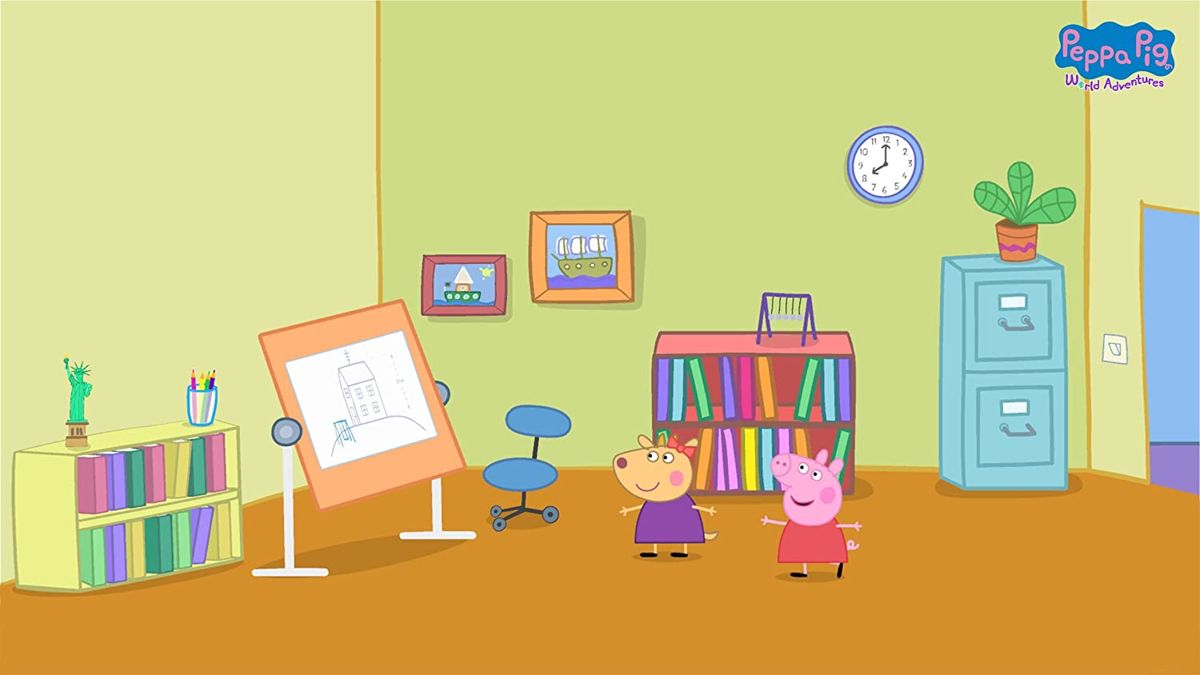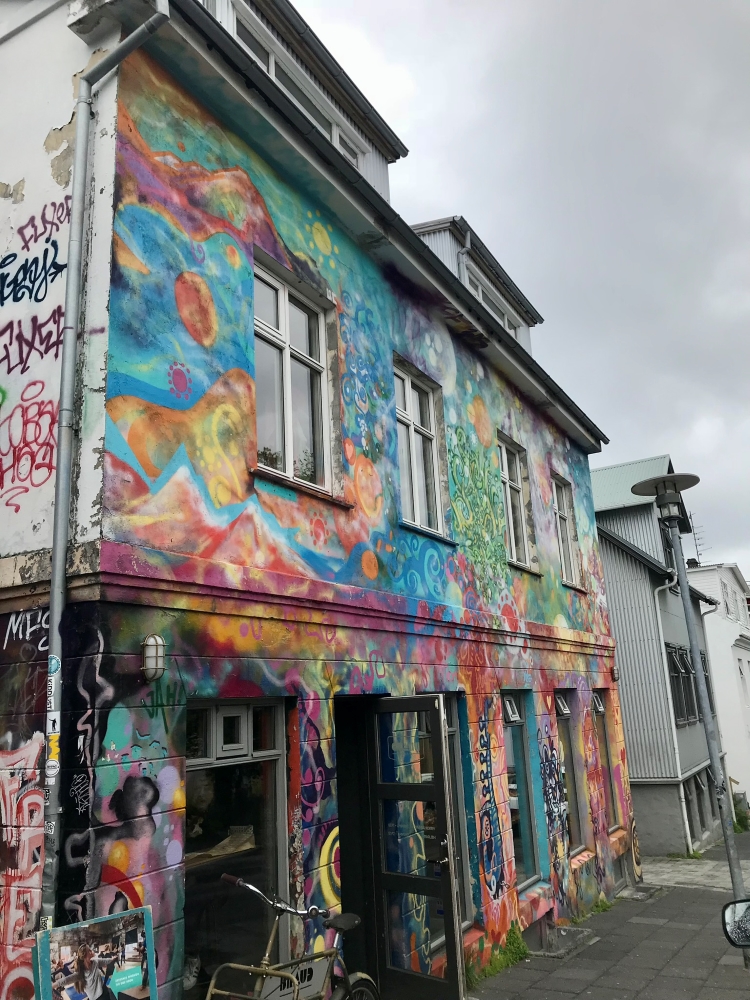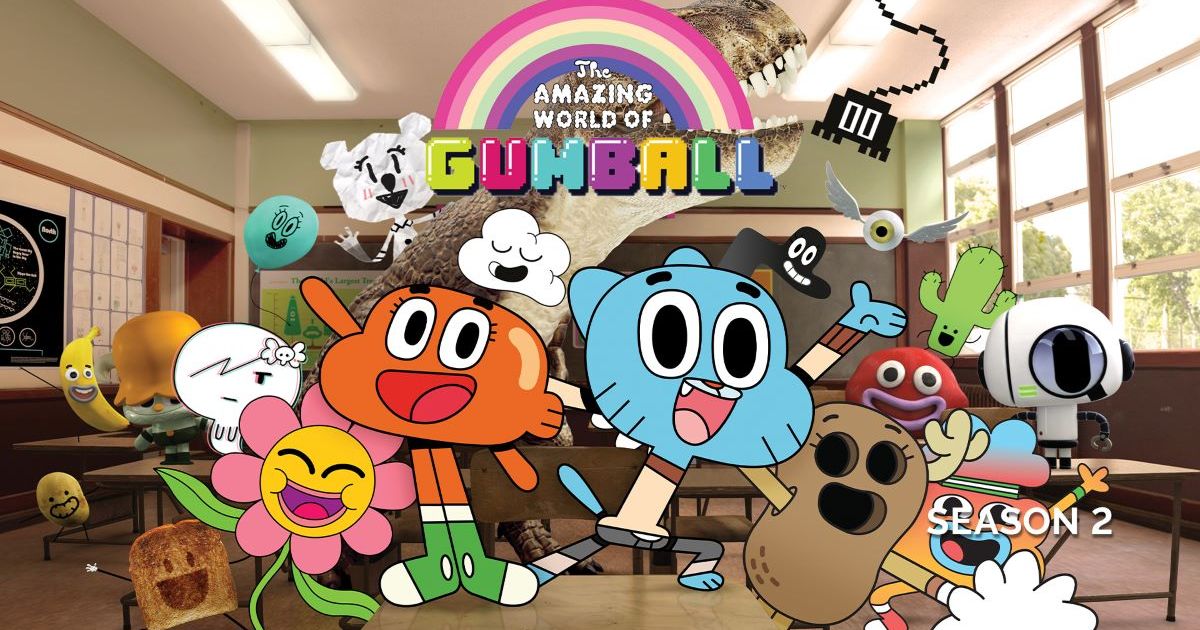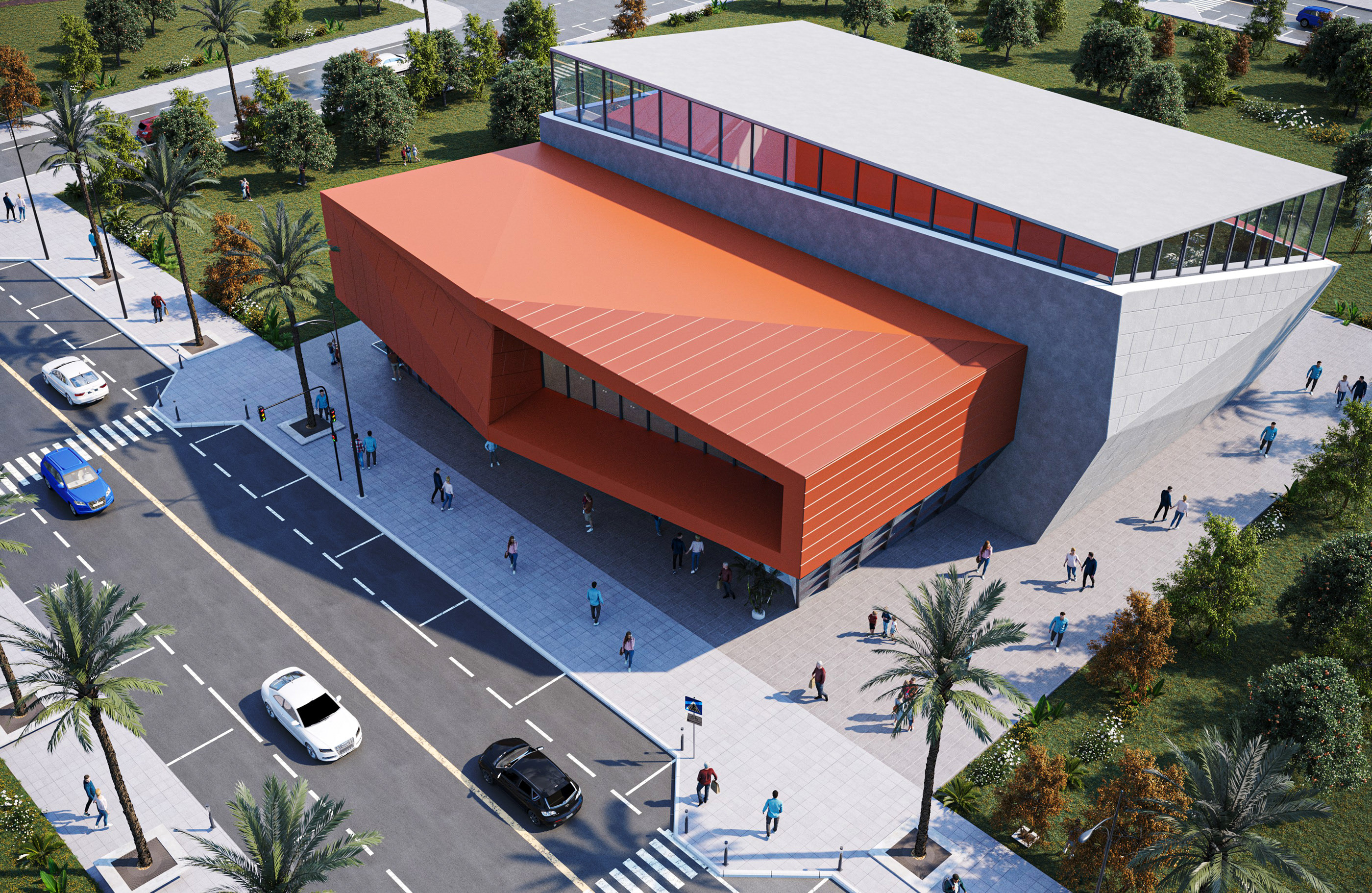Sound Perimeter: Music And Shared Experience

Table of Contents
The Social Psychology of Shared Musical Experiences
The "sound perimeter" isn't just a physical space; it's a psychological one, built on shared emotional responses and a sense of collective identity. Understanding the social psychology behind shared musical experiences helps explain the profound impact music has on our social lives.
Creating a Sense of Belonging
Music facilitates the creation of in-groups, fostering feelings of belonging and community. This sense of shared identity is a powerful driver of social cohesion.
- Shared emotional responses to music strengthen social bonds. Experiencing a powerful moment in a song simultaneously with others creates a shared emotional memory, strengthening the bonds between individuals.
- Collective singing or dancing creates a sense of unity. Synchronized movements and vocalizations further enhance the feeling of belonging and shared experience within the "sound perimeter." Think of the unifying power of a choir or a crowd singing along to a favorite anthem.
- Music festivals and concerts exemplify this sense of shared identity. These events bring together large groups of people united by their love of specific genres or artists, creating a temporary but powerful sense of community. Consider the collective euphoria of a sold-out stadium concert or the intimate connection felt at a smaller, more focused festival.
- Examples of specific musical events demonstrating group cohesion: From the chanting of football fans to the communal singing at religious services, the power of shared musical experiences to unite people is evident across cultures and contexts.
Emotional Contagion and Empathy
Music's emotional impact spreads through a crowd, creating a phenomenon known as emotional contagion. This leads to increased empathy and social cohesion within the "sound perimeter."
- Mirror neurons and the impact of shared emotional experiences. Neuroscience suggests that mirror neurons, which fire both when we experience an emotion and when we observe someone else experiencing it, play a significant role in this emotional contagion.
- Studies showing increased prosocial behavior after shared musical experiences. Research indicates that participating in shared musical activities can lead to increased altruism and cooperation.
- How musical synchronization improves group cooperation. Engaging in synchronized musical activities, such as playing in an orchestra or singing in a choir, improves coordination and cooperation within the group.
- The role of music in emotional regulation and shared catharsis. Music can provide a safe and shared space for emotional release, fostering a sense of collective healing and catharsis.
Music and Ritual: Shaping Collective Identity
Music plays a crucial role in defining and reinforcing cultural identity, acting as a powerful tool for transmitting values, beliefs, and traditions across generations. This role within the "sound perimeter" is deeply intertwined with rituals and ceremonies.
Music in Cultural Ceremonies
Music is an integral part of many cultural ceremonies, reinforcing group identity and transmitting cultural knowledge.
- Examples of traditional music used in religious or cultural celebrations. From traditional chants and hymns to folk songs and dances, music is a cornerstone of cultural identity across the globe.
- The role of music in shaping group narratives and history. Music often carries historical and mythological significance, reflecting and shaping a community's understanding of its past.
- How music maintains cultural continuity across generations. Traditional music acts as a vital link between generations, transmitting cultural values and knowledge.
- The impact of musical globalization on shared cultural experiences. While globalization can lead to cultural exchange, it can also pose challenges to the preservation of unique musical traditions.
The Power of Music in Social Movements
Music serves as a powerful tool for social change, uniting individuals under a common cause and amplifying their voices within the "sound perimeter."
- Examples of protest songs and anthems that mobilized communities. Throughout history, music has been used to inspire social and political movements, uniting people around shared goals.
- The role of music in fostering political activism and social change. Protest songs and anthems provide a powerful platform for expressing dissent, raising awareness, and mobilizing support for social justice causes.
- How music helps shape collective memory and narratives surrounding social movements. Music plays a key role in shaping collective memory and the narrative surrounding social movements, helping to preserve the legacy of these struggles.
- The lasting legacy of music in social justice movements. The enduring power of protest songs underscores the importance of music in social movements and their historical impact.
Technology's Impact on the Sound Perimeter
Technology has profoundly impacted the "sound perimeter," expanding its reach and transforming the nature of shared musical experiences.
The Digital Age and Shared Listening
Streaming services and social media have revolutionized music consumption and connection, creating new forms of shared listening experiences.
- The impact of collaborative playlists and online music communities. Online platforms allow for the creation and sharing of collaborative playlists, fostering a sense of shared taste and connection.
- How online platforms facilitate the discovery and sharing of new music. Digital music platforms significantly expand access to music from around the world.
- The rise of virtual concerts and their impact on shared experiences. Virtual concerts have become a significant way to share musical experiences, transcending geographical limitations.
- Challenges of maintaining authenticity and connection in the digital sphere. While technology expands the "sound perimeter," it also presents challenges to the authenticity and intimacy of shared musical experiences.
Virtual Reality and Immersive Music Experiences
Emerging technologies are pushing the boundaries of shared musical experiences, creating immersive and interactive environments.
- Examples of VR concerts and interactive musical experiences. VR technology offers the potential for creating highly immersive musical experiences, blurring the lines between the physical and virtual worlds.
- The potential of VR to enhance the feeling of presence and shared engagement. VR can enhance the sense of presence and shared engagement within the "sound perimeter," making virtual concerts feel more akin to physical events.
- Technological advancements that could further blur the line between physical and virtual "sound perimeters." Future technological advancements could further blur the line between physical and virtual shared musical experiences.
- The potential limitations and ethical considerations of immersive musical technologies. However, there are also ethical considerations and potential limitations to consider.
Conclusion
The “sound perimeter” created by shared musical experiences is a powerful force shaping our social interactions, cultural identities, and collective understanding. From ancient rituals to modern concerts and virtual realities, music's ability to connect us remains constant. By understanding the psychological and sociological implications of shared musical experiences, we can better appreciate the profound impact of music on our lives and the communities we build. Explore the power of the "sound perimeter" further by investigating the musical traditions in your own community and experiencing the unifying effect of shared music firsthand. Embrace the power of the sound perimeter and discover the strength of connection through music.

Featured Posts
-
 Peppa Pig Online Streaming Finding Free And Paid Episodes
May 22, 2025
Peppa Pig Online Streaming Finding Free And Paid Episodes
May 22, 2025 -
 From The Mountains To The Med A Self Guided Walking Tour Of Provence
May 22, 2025
From The Mountains To The Med A Self Guided Walking Tour Of Provence
May 22, 2025 -
 Dexter Resurrection Adds Another Popular Villain To The Mix
May 22, 2025
Dexter Resurrection Adds Another Popular Villain To The Mix
May 22, 2025 -
 The Goldbergs Comparing The Show To Real 80s Family Dynamics
May 22, 2025
The Goldbergs Comparing The Show To Real 80s Family Dynamics
May 22, 2025 -
 New The Amazing World Of Gumball Teaser Trailer On Hulu
May 22, 2025
New The Amazing World Of Gumball Teaser Trailer On Hulu
May 22, 2025
Latest Posts
-
 Coping With The Love Monster Effective Techniques For Calming Angry Children
May 22, 2025
Coping With The Love Monster Effective Techniques For Calming Angry Children
May 22, 2025 -
 The Love Monster Within Exploring The Roots Of Aggressive Behavior In Children
May 22, 2025
The Love Monster Within Exploring The Roots Of Aggressive Behavior In Children
May 22, 2025 -
 Love Monster A Parents Guide To Understanding And Managing Aggressive Behavior In Children
May 22, 2025
Love Monster A Parents Guide To Understanding And Managing Aggressive Behavior In Children
May 22, 2025 -
 Nice To Build State Of The Art Olympic Swimming Pool Facility
May 22, 2025
Nice To Build State Of The Art Olympic Swimming Pool Facility
May 22, 2025 -
 Southern French Alps Experience Heavy Late Season Snowfall
May 22, 2025
Southern French Alps Experience Heavy Late Season Snowfall
May 22, 2025
